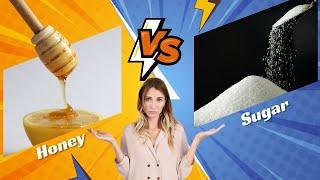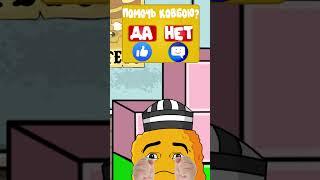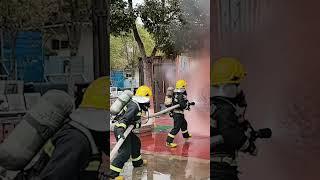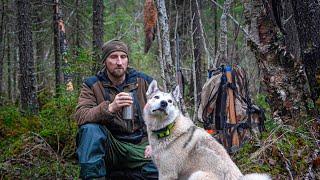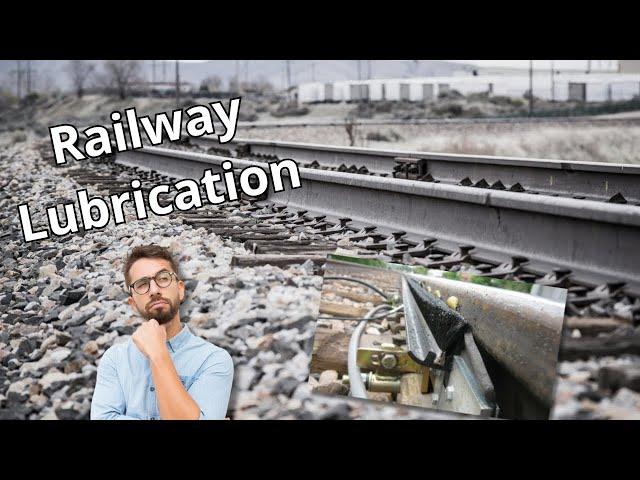
How Rail Lubrication Prevents Train Noise and Track Damage Simply!
Комментарии:

Which get replace more often a train wheels or rail the train travel on?
Ответить
I always thought gcc was a rcf defect? i know P8 wheelsets don’t help either - i look after a sidings that have P8 wheelsets over them every day and we see a lot of rcf and spalling occurring on curves but the speed limit is 5mph and the x-level is 0mm due to the low speeds so what can be done to mitigate these defects besides from grease?
Ответить
Son muy interesantes sus artículos sobre la lubricación de los rieles, pero no tiene como activar los subtitulos para el público de habla hispana que somos trabajadores ferroviarios. Sería de gran ayuda para nosotros...
Ответить
Great video, very thorough and informative as usual! I am also really curious about the physics associated with Wheel Flange Lubrication vs Top of Rail Lubrication. I've heard that just doing one can sometines make the friction (and wear) worse for the other point of contact. Have you been involved with the implementation or commissioning of lubrication systems and privy to that balancing act?
Ответить
WD 40 is not a lubricant. If used as a lubricant it's a very bad lubricant.
Ответить
What is the effect of the lubrication on the stopping performance of the train? I would expect that train wheels will start 'aquaplaning' on the rails a lot faster
Ответить
Is there a way to contact you for a consultation?
Ответить
In San Francisco on some of the MUNI Metro lines there are flange and rail head lubricators. One was at Duboce and Noe to keep the noise down for trains entering/exiting the tunnel. Another was on the K by Junipero Serra and Sloat Blvd for the flanges. The K/M lines converge/diverge in the middle of an intersection so that sees a lot of wear.
Just some real life uses I see often on my rides

Lubricants to reduce squeeks is one thing but I think that another area is the third-rail where a lubricant might be applied to prevent icing.
One of my ambitions would be to witness an electric train starting up on a track which has been out of use for a long while to the extent that not only are the running rails covered in rust but also the conductor rail. Given a starting current of 10,000 Amps (or am I OTT?), this might be "exciting" to say the least with copious arcing and sparking.

Could you do a video on the recent derailment in singapore and what couldve prevented it?
Ответить
There is another effect not mentioned. The wheel rims are actually conical and the top surface of the rail matches this. It means that the two wheels locked together on an axle can change their rolling radius a little, often all that is needed to counteract the inner and outer rail length. A lot of the screeching noise it one less loaded wheel being forced to slip on the rail. The coning effect reduces this provided there is sufficient latteral rim clearance. The noise usually reduces during freezing weather as the ice is a lubricant, so much so that sand then has to deposited on the rail to regain traction.
Ответить
Thank you. One of my brothers lives next to a suburban rail—former main trunk—line with tight curves. Even with an automatic track lubrication system on the adjacent curve, it takes a while to become accustomed to the noise.
Ответить
Check rail lubrication is commonplace on Network Rail and is visible in a couple of the photographs in this excellent video. I would like it to be specifically referred to, particularly whether the gauge is widened to completely take the flanges away from the high rail gauge face and thus eliminate sidewear.
Ответить
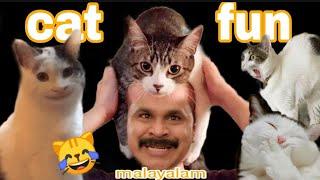

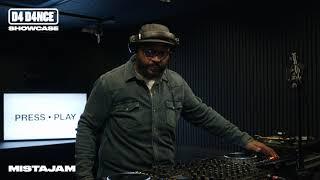



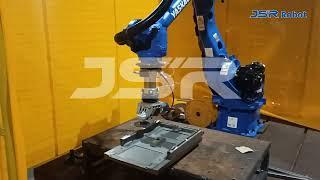


![NAVY SEAL TEAM 6 TIER 1 OPERATOR: “The little details matter” DJ Shipley Interview [ 4K ] NAVY SEAL TEAM 6 TIER 1 OPERATOR: “The little details matter” DJ Shipley Interview [ 4K ]](https://rtube.cc/img/upload/Y1h3RVo2Yk1pQ1I.jpg)
